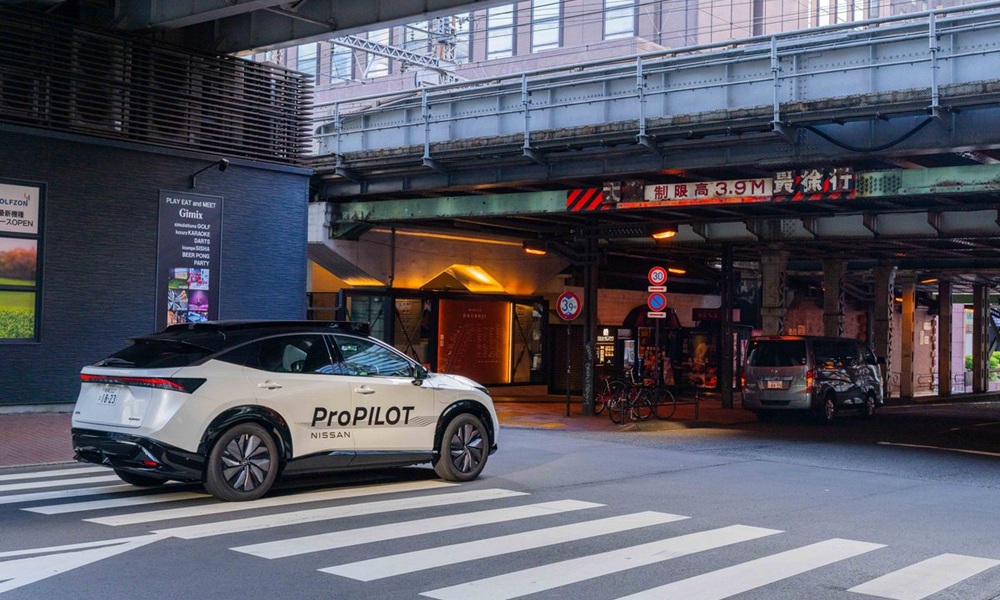Nissan Motor Co., Ltd. has made the long-awaired debut of its next-generation ProPILOT advanced driver-assist system, which combines cutting-edge AI technology and next-generation LiDAR to deliver human-like driving performance and enhanced road safety.
Demonstrations of the new system took place in Tokyo using a fleet of all-electric Nissan Ariya-based prototypes, showcasing their ability to navigate the complex an congested streets of downtown Tokyo safely and confidently. The next-generation ProPILOT is scheduled for launch on select mass-production models in Japan within FY27.
“Our current ProPILOT 2.0 system has been well received, but Nissan’s next-generation ProPILOT technology will bring even more innovative features and deliver the feeling that a skilled human driver is behind the wheel,” said Eiichi Akashi, Chief Technology Officer at Nissan. “It will adapt to more complex traffic conditions and truly provide greater confidence and peace of mind—enhancing safety not only for the driver, but for everyone using the road.”
Human-like intelligence on the road
At the heart of the next-generation ProPILOT system is Wayve’s AI Driver — a pioneering software platform that applies embodied AI to vehicle driving. Using data from 11 cameras, 5 radar units, and a high-performance LiDAR sensor, the AI Driver processes its surroundings in real time, learning and adapting to the dynamics of complex traffic scenarios.
Unlike traditional rule-based systems, Wayve’s AI is inspired by human cognition and learning, understanding not just individual objects but the entire driving environment. This allows it to anticipate events, respond to sudden changes, and make smooth, coordinated driving decisions — from merging into heavy traffic to managing narrow city lanes.
Wayve’s embodied AI technology enables the vehicle to grasp how its actions influence the world around it — driving safely and naturally, like an experienced human driver.
The prototype vehicles integrate Nissan’s Ground Truth Perception system, a next-generation safety suite that fuses sensor data from cameras, radar, and LiDAR to deliver precise environmental awareness. Mounted on the vehicle’s roof, the advanced LiDAR sensor provides long-range object detection, enhancing visibility and safety in high-speed or low-light conditions.
This comprehensive sensor fusion allows the system to construct a high-definition, real-time model of its surroundings — a technological foundation that supports SAE Level 2 autonomous driving. Drivers must remain seated and attentive, but the system assists in maintaining smooth, confident operation even in dense traffic environments.
A new era for ProPILOT technology
The next-generation ProPILOT represents a major evolution from the original ProPILOT (single-lane highway driving) and ProPILOT 2.0 (multi-lane support) systems. The upcoming version aims to extend these capabilities to urban and suburban driving, allowing vehicles to handle intersections, roundabouts, and other complex road conditions.
The system is part of Nissan’s wider strategy to pioneer cleaner, safer, and more accessible mobility, reinforcing the company’s technological leadership and competitiveness in the future of intelligent transportation.
With its planned market introduction in Japan by FY27, Nissan’s next-generation ProPILOT will set a new benchmark in AI-driven driver assistance, paving the way for future global deployments across its electric and connected vehicle portfolio.



